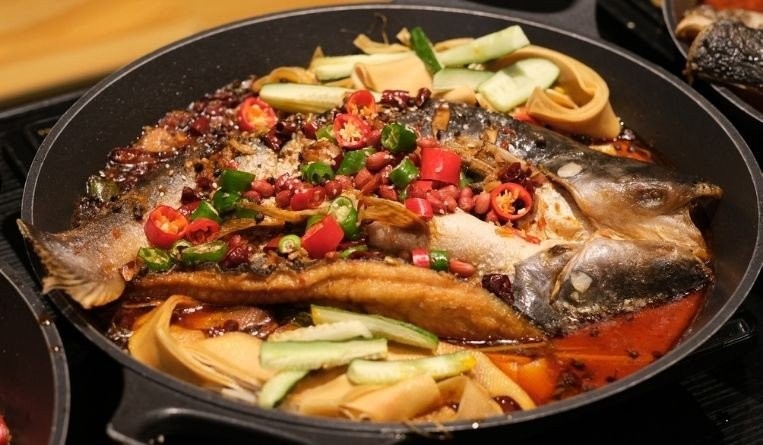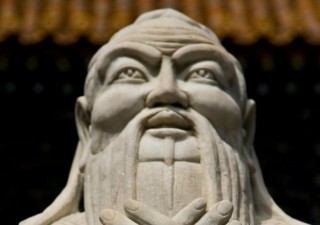Peng Dingyun, president of the Intellectual Property Tribunal of Changsha Court, handled the lawsuit and stated that IP trials must protect rights, but not do so overly broadly so as to stifle social innovation. Some businesses abuse their rights and use them to lord it over certain sectors in a way inimical to the aims of IP protection.
The registration of a trademark with a different character, particularly the first character, from a famous trademark is controversial, acknowledges Xia Zheng, president at AFD China in Beijing. “According to the standards of trademark examination, trademarks with different initial characters are generally considered not similar. This case was such an application. In some other cases though, examiners and/or judges affirmed the similarity of two trademarks that have a different initial character where the brands have big disparity in fame. For example, in LaoFengXiang v. LongFengXiang, HongJiHuang v. HuangJiHuang, and FuLianSheng v. NeiLianSheng.”
In determining whether two trademarks are similar, other factors will also be taken into account. “For example, the overall difference of the constituent elements of the trademarks, whether the applicant has the intention of free riding on another’s trademark, and whether the trademark has formed a stable market through use,” Zheng says. “Therefore, the results of similarity determination may vary from case to case.”
Trademark examination standards are constantly improving to keep up with times. “Just like last year’s Honda case which reflected the latest adjustment of Supreme People’s Court’s position on original equipment manufacturing,” she says. “Judges just need to strike a balance among protecting well known brands, combating infringement, and maintaining healthy market competition and promoting market dynamics, when determining trademark similarity in infringement cases.”
Johnny Chan




.jpg)



